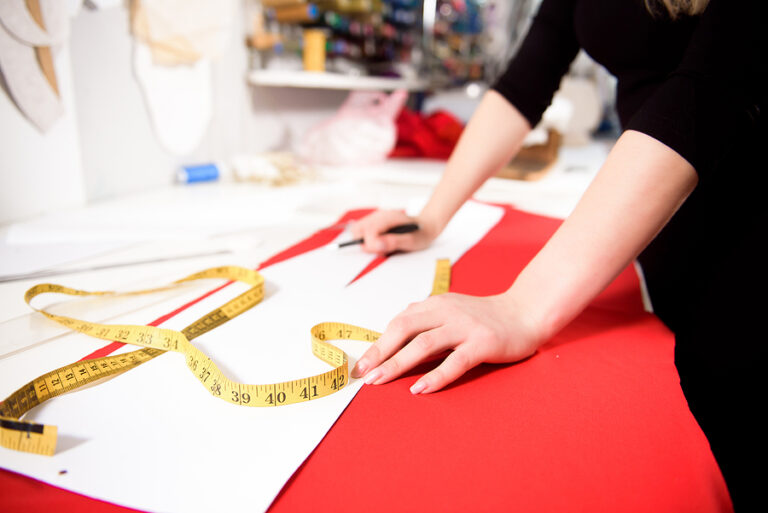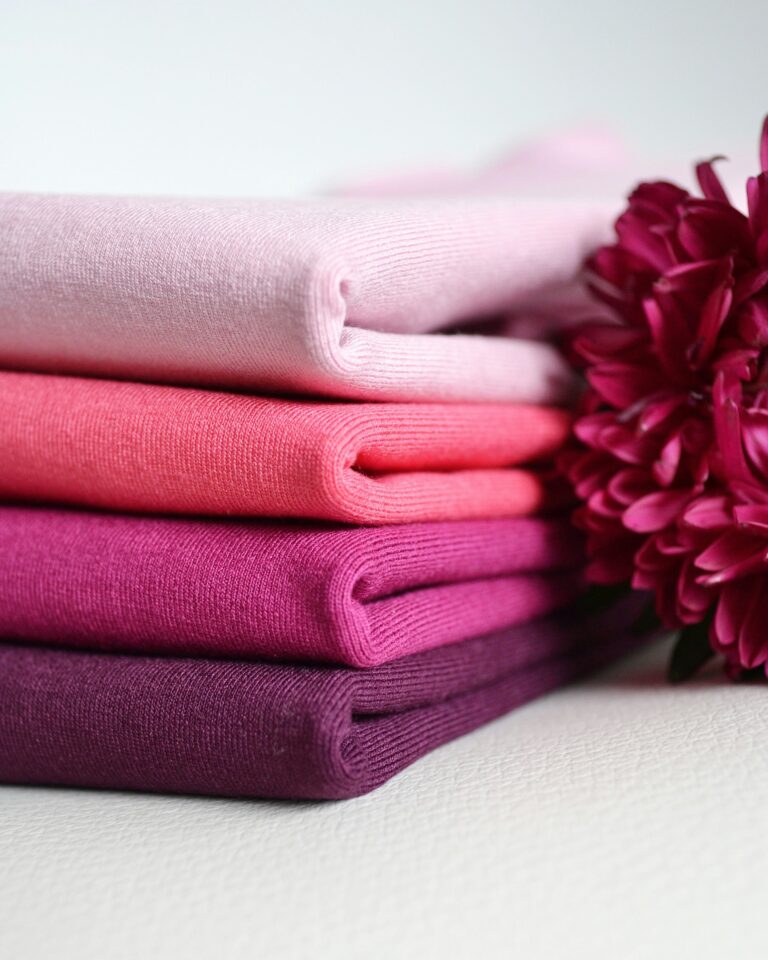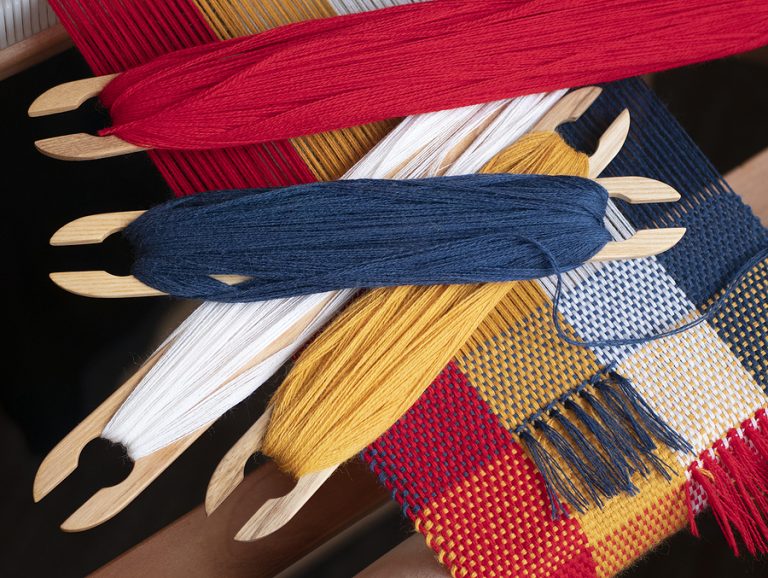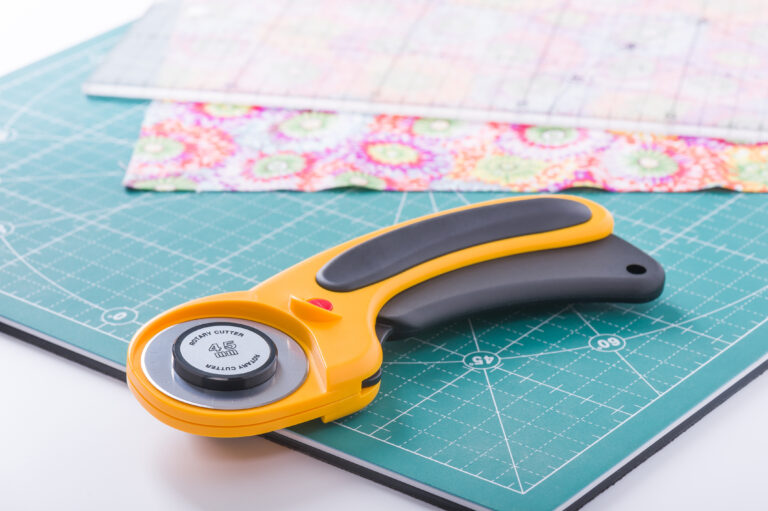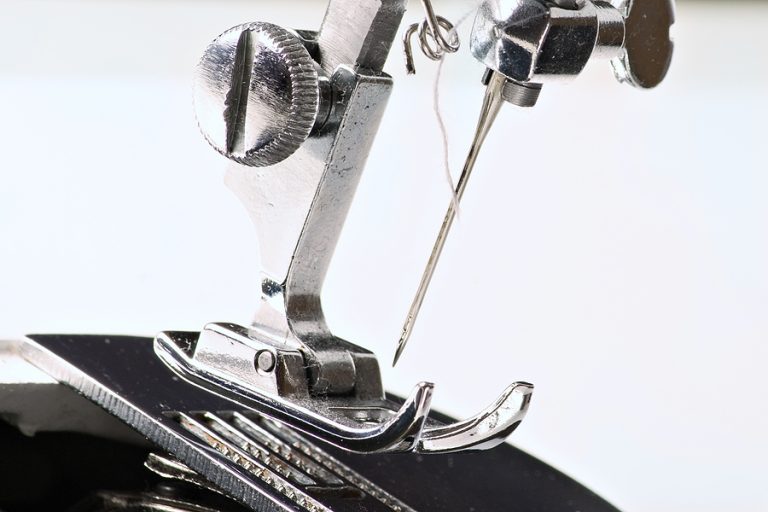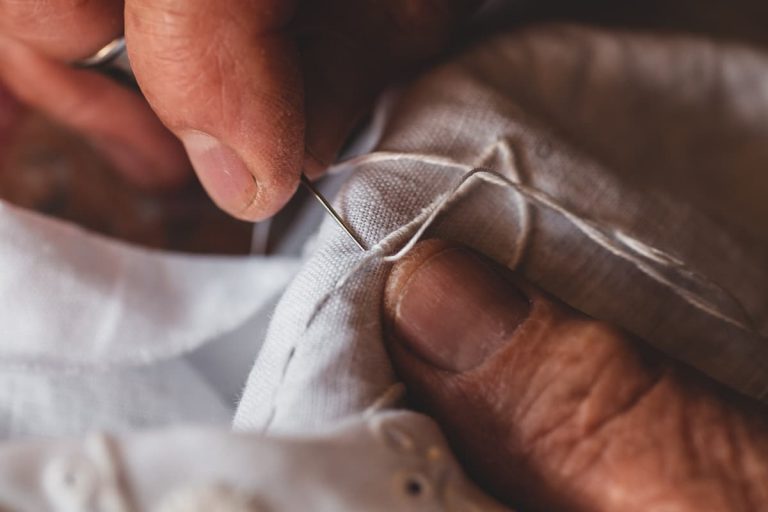Custom embroidery stitching has an exceptionally vivid history in the UK, with England in the Middle Ages being seen as the source of some of the finest and most desired needlework in Europe.
From the 12th to the 14th century, in particular, Opus Anglicanum, the Latin-derived name for English embroidery had become synonymous with high quality and extravagant materials.
However whilst embroidery was often used to create tapestries, vestments, copes and robes, as well as being draped over alters, it was also used for book coverings.
In an age before the printing press and the mass production of literature, books were hand-written and hand-copied onto materials such as vellum, and to cover and protect this material, covers were often hand-stitched and attached to the book.
One of the most famous examples of this was a cover made by then-Princess Elizabeth when she was a child before becoming Queen Elizabeth I of England.
According to Cyril Davenport’s 1899 book on the subject, whilst leather-bound books had existed as early as the 12th century, English bookbinders would use many different materials, from metals to velvet to other cloths for embroidery, often adorned with gold and silver threads as well as pearls.
This began to change after the Restoration era in England (1660 to 1714), where leather-bound books began to dominate, in part due to their ease to produce and add pages in the age of the printing press.
This led to the end of the era of cloth embroidery on book bindings and covers, although there are some examples of fine stitching that endure to this day, and many historical embroidered books are popular museum pieces.

